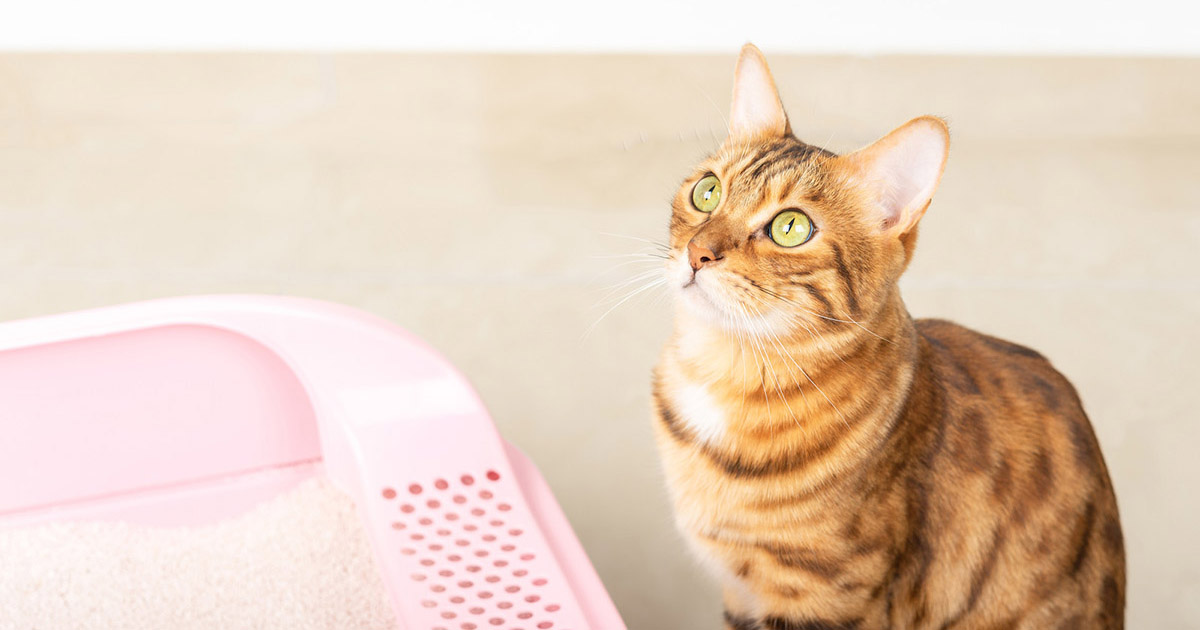Hazards of Flushing Cat Poop Down Your Toilet - Prevent Potential Issues
Hazards of Flushing Cat Poop Down Your Toilet - Prevent Potential Issues
Blog Article
This article following next on the subject of How to Dispose of Cat Poop and Litter Without Plastic Bags is pretty much interesting. Read it for your own benefit and decide what you think of it.

Introduction
As cat proprietors, it's necessary to be mindful of just how we get rid of our feline good friends' waste. While it may appear convenient to purge cat poop down the commode, this technique can have harmful effects for both the atmosphere and human health and wellness.
Alternatives to Flushing
The good news is, there are safer and more accountable methods to get rid of pet cat poop. Think about the adhering to alternatives:
1. Scoop and Dispose in Trash
One of the most usual technique of getting rid of cat poop is to scoop it right into an eco-friendly bag and toss it in the garbage. Make certain to use a specialized litter inside story and throw away the waste promptly.
2. Usage Biodegradable Litter
Choose biodegradable pet cat trash made from materials such as corn or wheat. These trashes are eco-friendly and can be safely dealt with in the garbage.
3. Bury in the Yard
If you have a lawn, think about burying pet cat waste in an assigned area away from veggie gardens and water sources. Be sure to dig deep enough to stop contamination of groundwater.
4. Mount a Pet Waste Disposal System
Invest in a pet dog waste disposal system particularly made for feline waste. These systems use enzymes to break down the waste, decreasing smell and ecological influence.
Health and wellness Risks
In addition to ecological problems, flushing cat waste can also posture health threats to human beings. Pet cat feces might have Toxoplasma gondii, a bloodsucker that can trigger toxoplasmosis-- a potentially severe health problem, particularly for expecting women and individuals with weakened immune systems.
Ecological Impact
Purging cat poop introduces harmful pathogens and bloodsuckers into the water, posturing a significant risk to water ecological communities. These impurities can negatively affect marine life and compromise water high quality.
Final thought
Accountable pet dog ownership prolongs past providing food and shelter-- it additionally entails proper waste management. By avoiding flushing pet cat poop down the toilet and going with different disposal techniques, we can minimize our ecological impact and shield human health.
Why Can’t I Flush Cat Poop?
It Spreads a Parasite
Cats are frequently infected with a parasite called toxoplasma gondii. The parasite causes an infection called toxoplasmosis. It is usually harmless to cats. The parasite only uses cat poop as a host for its eggs. Otherwise, the cat’s immune system usually keeps the infection at low enough levels to maintain its own health. But it does not stop the develop of eggs. These eggs are tiny and surprisingly tough. They may survive for a year before they begin to grow. But that’s the problem.
Our wastewater system is not designed to deal with toxoplasmosis eggs. Instead, most eggs will flush from your toilet into sewers and wastewater management plants. After the sewage is treated for many other harmful things in it, it is typically released into local rivers, lakes, or oceans. Here, the toxoplasmosis eggs can find new hosts, including starfish, crabs, otters, and many other wildlife. For many, this is a significant risk to their health. Toxoplasmosis can also end up infecting water sources that are important for agriculture, which means our deer, pigs, and sheep can get infected too.
Is There Risk to Humans?
There can be a risk to human life from flushing cat poop down the toilet. If you do so, the parasites from your cat’s poop can end up in shellfish, game animals, or livestock. If this meat is then served raw or undercooked, the people who eat it can get sick.
In fact, according to the CDC, 40 million people in the United States are infected with toxoplasma gondii. They get it from exposure to infected seafood, or from some kind of cat poop contamination, like drinking from a stream that is contaminated or touching anything that has come into contact with cat poop. That includes just cleaning a cat litter box.
Most people who get infected with these parasites will not develop any symptoms. However, for pregnant women or for those with compromised immune systems, the parasite can cause severe health problems.
How to Handle Cat Poop
The best way to handle cat poop is actually to clean the box more often. The eggs that the parasite sheds will not become active until one to five days after the cat poops. That means that if you clean daily, you’re much less likely to come into direct contact with infectious eggs.
That said, always dispose of cat poop in the garbage and not down the toilet. Wash your hands before and after you clean the litter box, and bring the bag of poop right outside to your garbage bins.
https://trenchlesssolutionsusa.com/why-cant-i-flush-cat-poop/

As a fervent reader on Can You Flush Cat Poop Down The Toilet?, I figured sharing that segment was smart. Sharing is good. Helping people is fun. Thank you so much for going through it.
Visit Page Report this page